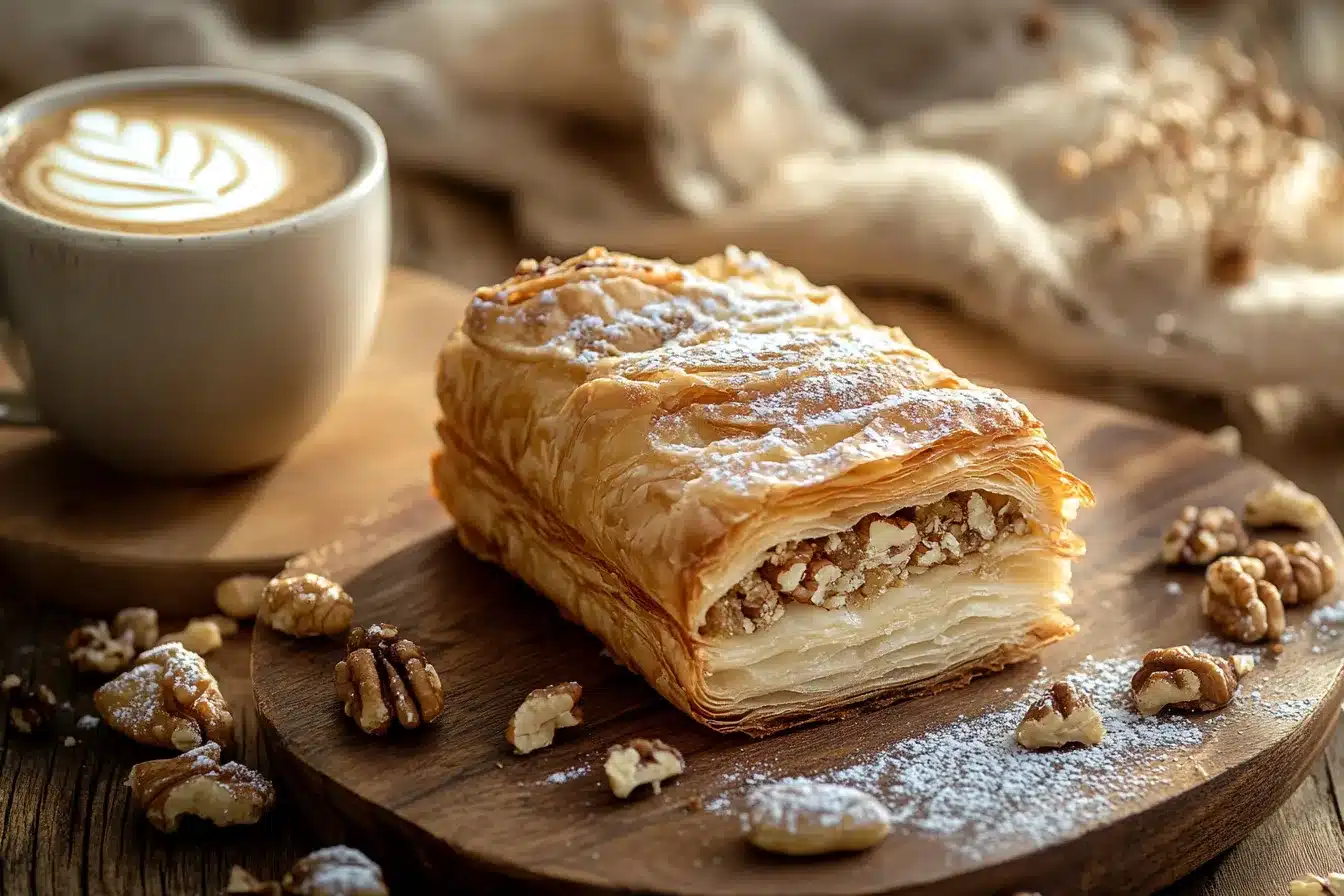Table of contents
Introduction
What is a Nussgipfel?
Have you ever spotted a pastry that looks like a twisted, flaky croissant, yet offers a tantalizingly nutty scent? Then, you’ve likely encountered a nussgipfel! This treat isn’t your typical breakfast fare; it’s a delightful pastry with a rich history and a dedicated following. But What is a Nussgipfel precisely? Let’s dive into this delicious question and reveal the secrets of this pastry, from its origins to its distinctive characteristics. Also, we’ll explore why this pastry is so popular and some of the variations you might find. Prepare for a sweet adventure! Furthermore, we will uncover its cultural significance and why people consider it a classic treat.
Delving into the Core: What Does a Nussgipfel Consist Of?
The magic of any great nussgipfel lies in its carefully selected ingredients. It’s a delicate equilibrium of flaky pastry and a rich, nutty center. So, what exactly creates this tempting treat? Let’s break it down. Additionally, understanding the different ingredients will help us appreciate the final product.
The Flaky Foundation: The Pastry Dough
The pastry dough forms the heart of a nussgipfel. Typically, bakers create this with a laminated dough, similar to what they use for croissants. This involves layers upon layers of dough and butter, which creates a light, airy, and incredibly flaky texture. However, the specific recipe can vary from baker to baker, but the principle is constant: ample butter and careful layering. Therefore, the butter’s quality is paramount for achieving that melt-in-your-mouth texture.
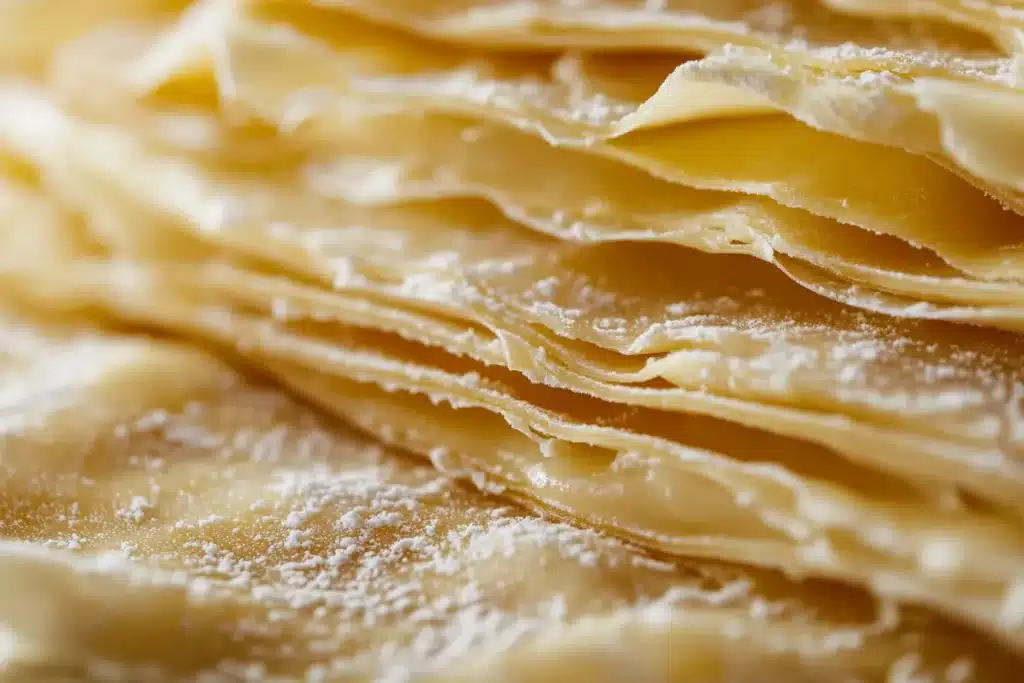
The Star of the Show: The Nutty Filling
The nutty filling is the signature element of a nussgipfel. The most common and traditional nut is hazelnut, which provides a rich, aromatic flavor. However, some versions may include almonds or walnuts. They typically combine this nutty mixture with sugar, spices, and sometimes a touch of cocoa or chocolate, creating a moist and flavorful center. Also, the method of grinding the nuts can influence the filling’s texture.
Sweetness and Spice: Flavor Enhancers
Sugar provides the sweetness in a nussgipfel, and often bakers include honey to add a warm flavor note. Also, various spices, like cinnamon, cloves, and nutmeg, frequently enhance the aromatic profile. Furthermore, a touch of vanilla extract might elevate the overall taste. Indeed, these flavor enhancers are crucial for a balanced and tempting flavor profile.
Optional Elements: Adding Extra Depth
Sometimes, you might find versions that include a bit of chocolate or cocoa powder in the filling or as a drizzle on top. This adds an extra layer of decadence. Some recipes might even incorporate breadcrumbs to help with the filling’s texture. In addition, some bakers may apply a simple sugar glaze to give the nussgipfel a shiny finish. While these additions are optional, they offer different ways to customize and enjoy the pastry.
The Making Process: From Ingredients to Golden Perfection
Now that you know the ingredients, let’s explore how bakers actually make a nussgipfel. The process might seem simple, but it requires patience and precision. Let’s delve into the key steps. Besides, understanding these steps will allow us to appreciate the art of pastry making.
Preparing the Pastry Dough: Layers Upon Layers
The first step involves making the laminated dough. This requires repeatedly folding and rolling out the dough with butter, creating thin layers that contribute to the characteristic flakiness. This process can take several hours, including resting time for the dough. Therefore, patience is key to achieving that light, airy texture. Also, the temperature of the butter and dough is crucial for successful lamination.
Making the Nutty Filling: Blending Flavors
While the dough is resting, bakers prepare the nutty filling. They grind the nuts and mix them with sugar, spices, and any other desired ingredients until it achieves a smooth, paste-like consistency. This mixture should be moist enough to be spreadable but not too wet. Also, some recipes may call for toasting the nuts before grinding, to enhance their flavor.
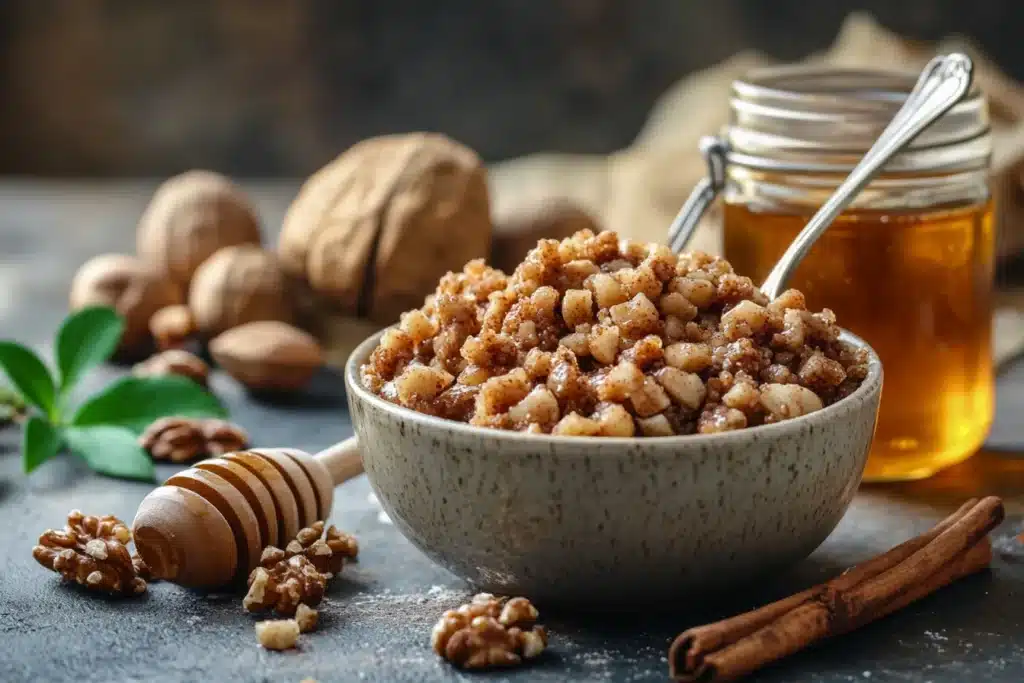
Shaping the Nussgipfel: Rolling and Twisting
Once the dough is ready, they roll it out into a large rectangle, and evenly spread the nutty filling over it. Then, they roll the dough into a log, and carefully cut it into triangle shapes. Finally, they gently twist and shape the individual triangles into the characteristic “gipfel” or peak. This twisting gives it its unique look. Consequently, this shaping process requires some dexterity and practice.
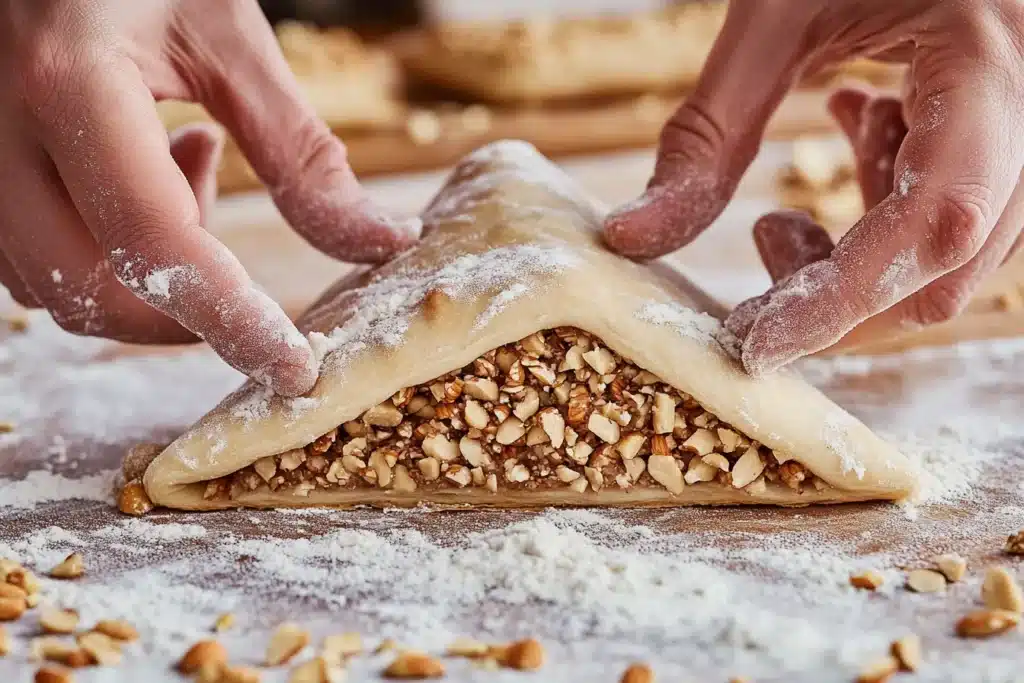
Baking to Golden Brown: The Final Transformation
They then bake the shaped nussgipfel in the oven until they turn a beautiful golden brown. This transforms the flaky dough into something light and crispy, and perfectly cooks the nutty filling. Furthermore, the aroma during baking is simply irresistible. Indeed, the baking process transforms the humble ingredients into a magnificent pastry.
Nutritional Snapshot: What Does a Nussgipfel Offer?
While a nussgipfel is a delicious treat, it’s also wise to be aware of its nutritional content. This information might vary depending on the specific recipe and portion size, but here’s a general guideline for a standard serving (approximately 100g):
| Nutrient | Amount per 100g |
| Calories | 400-450 kcal |
| Total Fat | 25-30g |
| Saturated Fat | 15-20g |
| Trans Fat | 0g |
| Cholesterol | 50-70mg |
| Sodium | 150-200mg |
| Total Carbohydrate | 40-50g |
| Dietary Fiber | 2-3g |
| Total Sugars | 20-25g |
| Protein | 5-7g |
Therefore, based on this data, it’s essential to consume nussgipfel in moderation. Additionally, it’s important to balance this consumption with a generally healthy diet.
Calories and Fat: An Indulgent Treat
As you can see, a nussgipfel is quite rich in calories and fat, mostly due to the butter and nuts. Therefore, people should consider it an occasional indulgence rather than an everyday snack. Consequently, it’s not the type of food one would usually eat on a daily basis.
Carbohydrates and Sugars: Energy Boost
The carbohydrates and sugars in a nussgipfel can provide a quick energy boost, but it’s best to balance this with other energy sources in your diet. Also, it’s worth noting that the sugar content is relatively high. While this can be great for a quick boost, people should consume it in moderation.
Protein and Fiber: Smaller Contributions
While the nussgipfel does contain some protein and fiber from the nuts, they are not present in significant amounts. Therefore, it’s not considered a major source of these nutrients. However, every little bit contributes to the pastry’s nutritional value.
Regional Variations: A Global Pastry with Local Twists
Gipfeli recipe
Looking to master the art of baking buttery, flaky Gipfeli at home? Dive into our Gipfeli recipe and learn how to create this Swiss classic with ease!”
The nussgipfel is a popular pastry in German-speaking countries, especially in Switzerland and Southern Germany. However, as with any beloved recipe, regional variations have emerged, each with its unique touch. Let’s explore some of those. Besides, understanding these regional variations will give us a broader perspective of the pastry.
Switzerland: The Classic Nussgipfel
In Switzerland, people consider the nussgipfel a classic pastry, often found in bakeries and cafes. It typically features a rich hazelnut filling and a very flaky pastry. Also, the Swiss version is often characterized by meticulous presentation and high-quality ingredients. Furthermore, they usually serve it as part of a breakfast menu.
Germany: Southern Influences
In Southern Germany, particularly in the regions bordering Switzerland, you’ll also find nussgipfel, though sometimes with slight variations. For example, the German versions might include a slightly different spice mix or a thicker pastry. However, it still stays true to the essential characteristics of the nussgipfel. Indeed, regional differences add a great layer of culinary variety.
Other Variations:
While the nussgipfel is most closely associated with German-speaking regions, variations of this pastry can be found in other parts of Europe, often with local adaptations. For instance, some regions might use different nuts or add unique spices to the filling. Additionally, these variations showcase how a single pastry can inspire different interpretations.
Enjoying the Nussgipfel: How to Best Savor It
Now that you know what a nussgipfel is, let’s discuss how to best enjoy it. People often savor nussgipfel as a morning treat or an afternoon snack. Here are some serving suggestions. Furthermore, understanding serving suggestions can enhance your experience with the pastry.
With Coffee or Tea: A Classic Pairing
People often enjoy nussgipfel alongside a cup of coffee or tea. The coffee’s bitterness perfectly complements the pastry’s sweetness. Also, this combination is a staple in many European cafes. Therefore, they consider it a traditional way to serve the pastry.
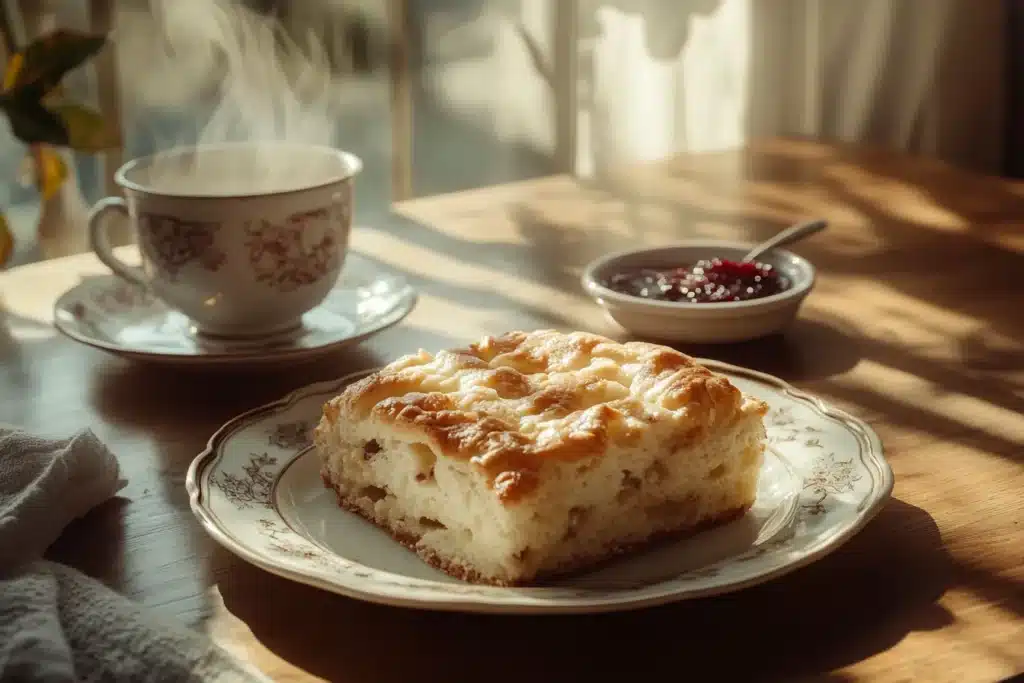
As a Treat: A Special Occasion Pastry
Nussgipfel can also be a special treat, perhaps during a weekend brunch or as a dessert after a meal. However, because of its richness, it’s best enjoyed in moderation. Consequently, it’s something people can look forward to on special occasions.
Freshly Baked: The Best Experience
Like most pastries, nussgipfel are best enjoyed freshly baked when the dough is at its flakiest and the filling is still warm and gooey. Therefore, if you have the opportunity to try one fresh from the oven, don’t hesitate! Indeed, a freshly baked pastry is a delightful experience for your tastebuds.
Pairing with Other Foods:
Sometimes, you might see nussgipfel served with a dollop of whipped cream or a side of fresh fruit. These add a touch of freshness and lightness that complements the richness of the pastry. Additionally, adding fresh fruit helps to balance the overall meal with some fresh vitamins.
Common Questions About Nussgipfel: FAQs
Alright, let’s tackle some frequently asked questions about the nussgipfel: Besides, answering these questions will provide further clarification on different aspects of the pastry.
What is the origin of nussgipfel?
The nussgipfel originates from German-speaking regions, particularly Switzerland and Southern Germany. However, the exact origin isn’t well documented. Therefore, pinpointing its exact origin remains a mystery.
Is nussgipfel the same as a croissant?
While nussgipfel and croissants share similarities in their laminated dough, they are not the same. The nussgipfel has a signature nutty filling and a different typical shape. Also, the flavor profiles differ due to the nutty filling.
Can I make nussgipfel at home?
Yes, you can make nussgipfel at home, but it requires patience and some baking skills. The laminated dough process takes time, but the result is very rewarding. Therefore, it’s a worthwhile challenge if you love baking.
What are some common nuts used in nussgipfel?
The most common nut used in nussgipfel is hazelnut. However, some recipes might include other nuts, such as almonds or walnuts. Also, the choice of nut can affect the final flavor and texture.
How should nussgipfel be stored?
Nussgipfel are best enjoyed fresh, but you can store them in an airtight container at room temperature for a day or two. You can also freeze them for longer storage. However, they will taste best if you eat them fresh.
Are there any healthy variations of nussgipfel?
While nussgipfel is a treat, you can make healthier variations by using less sugar, whole wheat flour, and incorporating healthier fats. However, it’s important to remember that it is still a treat and needs to be enjoyed in moderation. Additionally, mindful eating is key, even with healthier variations.
Is nussgipfel a breakfast or dessert pastry?
People enjoy nussgipfel both for breakfast and as an afternoon snack or treat. You can commonly find it in cafes and bakeries. Therefore, it’s a flexible choice for whenever you crave it. Indeed, this versatility makes it a convenient pastry option.
Exploring the Cultural Significance of the Nussgipfel
Now, let’s take a step further and explore the cultural significance of the nussgipfel. Because, it’s more than just a pastry; it’s a cultural symbol with a deep-rooted history.
A Symbol of Tradition:
In the regions where it originates, the nussgipfel is a symbol of tradition and culinary heritage. It often evokes feelings of nostalgia and is associated with family gatherings and festive occasions. Also, it’s a way to connect with past generations and their culinary traditions.
A Reflection of Local Ingredients:
The nussgipfel is also a reflection of the local ingredients available in the regions it comes from. The use of hazelnuts, spices, and other locally sourced ingredients speaks volumes about the region’s culinary landscape. Therefore, it’s a way to celebrate the regional flavors.
A Culinary Craft:
The making of nussgipfel, especially the laminated dough, is a testament to the skill and artistry of bakers. It highlights the importance of culinary craftsmanship and the dedication required to make something truly exceptional. Indeed, making it requires skill and passion.
The Enduring Appeal of the Nussgipfel:
The enduring appeal of the nussgipfel lies in its combination of simple ingredients, skillful preparation, and delightful taste. Since its first creation, it has captured the hearts of pastry lovers. Above all, it is a pastry that people love and appreciate.
Conclusion: The Irresistible Charm of the Nussgipfel
So, there you have it – a comprehensive exploration of the nussgipfel. From what a nussgipfel is made of to how to best enjoy it, we’ve uncovered the secrets of this delightful pastry. With its flaky layers, rich nutty filling, and comforting aroma, the nussgipfel truly is a treat that’s worth savoring. Whether you encounter it in a charming Swiss bakery or attempt to bake it yourself, this pastry offers a taste of tradition and a moment of pure culinary bliss. It is an iconic treat that people love for its delicious simplicity and it will continue charming pastry lovers for years to come. Finally, it’s a pastry that connects us to culture and to a tradition of delightful pastry making.

